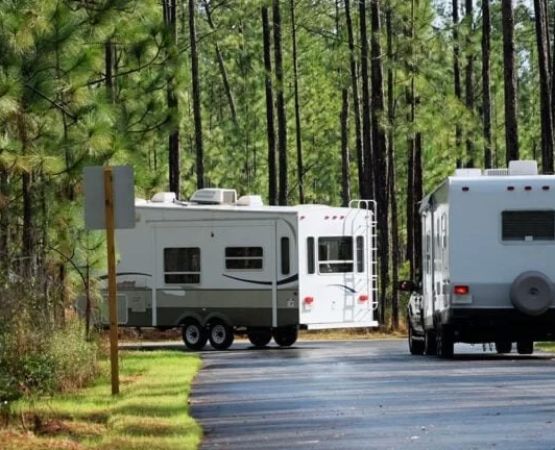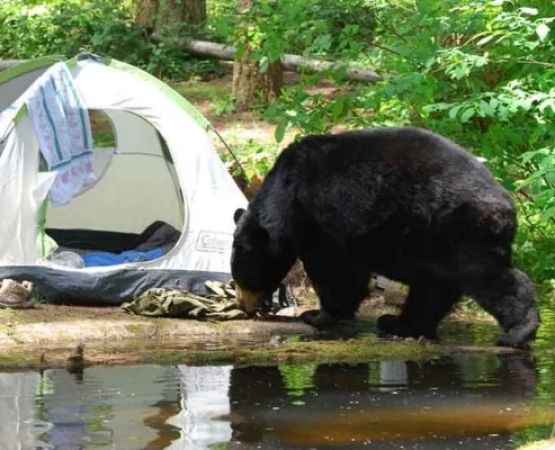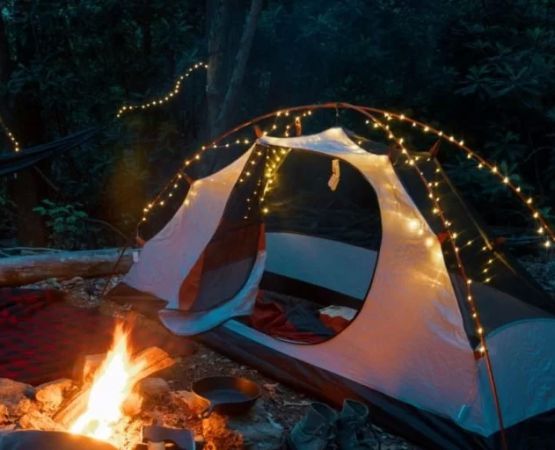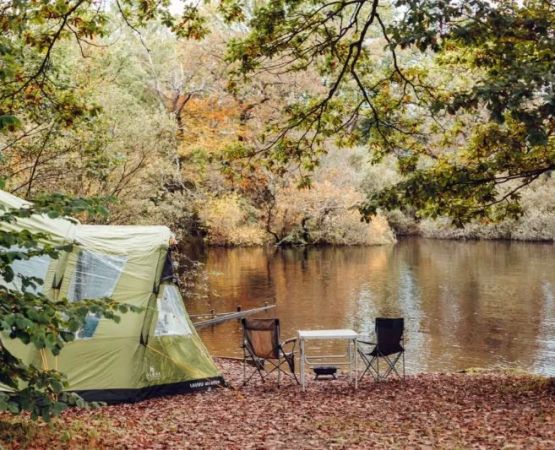What to Bring for Camping in the Mountains: A Complete Guide
When I first decided to go camping in the mountains, I had no idea what I was getting myself into. The fresh air, the majestic views, and the opportunity to disconnect from the world were all enticing, but I quickly realized that mountain camping comes with its own set of challenges. Over the years, I’ve learned that the key to a successful camping trip is proper preparation. Packing the right gear not only ensures your comfort and safety but also makes the experience more enjoyable. In this guide, I’ll share everything you need to bring for camping in the mountains based on my own experiences and what I’ve found works best in the great outdoors.
Essential Camping Gear for Mountain Adventures
The first thing I learned about mountain camping is that the weather can change quickly. One moment it’s sunny, and the next, you could be facing rain or even snow. This means that the gear you pack must be versatile and durable. Let’s break down the essentials for your mountain camping trip:
1. Tent
Your tent is your shelter from the elements, so it’s crucial to choose one that can handle mountain conditions. I recommend a four-season tent, which is designed to withstand harsher weather like strong winds and snow. Make sure it’s large enough for you and your camping buddies, and don’t forget a rainfly for added protection against the weather.
2. Sleeping Bag
Mountain nights can get cold, even in the summer, so investing in a good sleeping bag is essential. I use a sleeping bag rated for temperatures lower than I expect, just in case the weather turns unexpectedly cold. Down-filled sleeping bags are light and packable, but synthetic ones can handle moisture better and still keep you warm.
3. Sleeping Pad
The ground in the mountains is often uneven and hard, so having a sleeping pad is a must. A good sleeping pad provides cushioning and insulation from the cold ground, making your sleep more comfortable. I prefer inflatable pads because they pack down small, but foam pads are also a great option if you don’t mind carrying a little extra weight.
4. Backpack
When it comes to mountain camping, your backpack is more than just a place to store your gear—it’s your lifeline. A good backpack should fit comfortably and have enough space for your gear while distributing the weight evenly. Look for one with padded straps, a hip belt, and plenty of compartments to keep things organized. I use a 50-70 liter pack, which is the perfect size for a multi-day mountain camping trip.
5. Cooking Gear
While you might love the idea of cooking over an open fire, it’s not always practical or allowed in certain areas. That’s why I always bring a portable stove. A lightweight camping stove with fuel canister is easy to use and heats up meals quickly. Don’t forget a lightweight pot or pan for cooking, as well as utensils and a lightweight mess kit for eating.
Clothing and Footwear for Mountain Camping
Clothing is another area where I made a lot of mistakes at first. I quickly learned that layering is key in the mountains. You need to be prepared for hot days and cold nights, as well as sudden rain showers. Here’s what I bring for mountain camping:
1. Base Layer
The base layer is what sits closest to your skin, so it’s important to choose moisture-wicking fabrics like merino wool or synthetic materials. I always pack two or three base layers for both my upper and lower body. These keep you dry and warm, especially when you start sweating during a hike.
2. Insulating Layer
For insulation, I usually pack a fleece jacket or down jacket. Even if it’s warm during the day, the temperature can drop rapidly in the mountains at night, so it’s important to have something warm to throw on. I also bring a lightweight vest for added warmth if needed.
3. Outer Layer
The outer layer protects you from the elements—rain, wind, and snow. A good waterproof and windproof jacket is essential for mountain camping. I’ve found that a breathable, lightweight rain jacket works well for most conditions. You’ll also want pants that can handle wet conditions and keep you warm.
4. Footwear
Your feet take a beating while hiking and camping, so proper footwear is crucial. I always bring sturdy hiking boots with good ankle support. Waterproof boots are a must in the mountains because trails can be muddy or wet. For camp shoes, I prefer something light and comfortable like flip-flops or lightweight sneakers to wear around camp.
Food and Water for the Journey
When I first went camping, I made the mistake of not bringing enough food or water. Mountain air is dry, and the altitude can leave you feeling dehydrated faster than you realize. Here’s what I’ve learned about packing food and water:
1. Water
Water is the most important item to bring. Always carry at least two liters of water per person per day, and more if you’re hiking or doing strenuous activities. I also bring a portable water filter or purification tablets in case I need to refill from a stream or lake. This way, I never have to worry about running out of clean water.
2. Food
Mountain camping requires high-energy foods that are easy to prepare. I prefer to bring freeze-dried meals, which are lightweight and require only boiling water to prepare. I also pack energy bars, nuts, and dried fruits for snacks. For breakfast, I bring oatmeal packets and powdered milk to make a quick and hearty meal.
3. Cooking Tools and Cleanup
Besides the stove and utensils, I always pack a small camp sink for cleaning dishes, as well as biodegradable soap to avoid harming the environment. A small sponge and towel are also essential for cleanup.
Additional Mountain Camping Essentials
While the basics are essential, there are a few other items that have made my trips easier and more enjoyable:
- Headlamp or flashlight: A headlamp is hands-free and perfect for late-night activities or emergency situations.
- First aid kit: Always have a basic first aid kit with you, including bandages, antiseptic, and pain relievers.
- Multi-tool: A multi-tool or knife is invaluable for various tasks, from food prep to gear repair.
- Maps and compass: Don’t rely solely on your phone for navigation. A physical map and compass are important for backcountry navigation.
With these items packed and ready, I’m always prepared for my mountain camping adventures. Proper preparation not only enhances my comfort but also ensures my safety in the often unpredictable mountain environment. Whether you’re an experienced camper or new to the mountains, the right gear can make all the difference in your experience.






